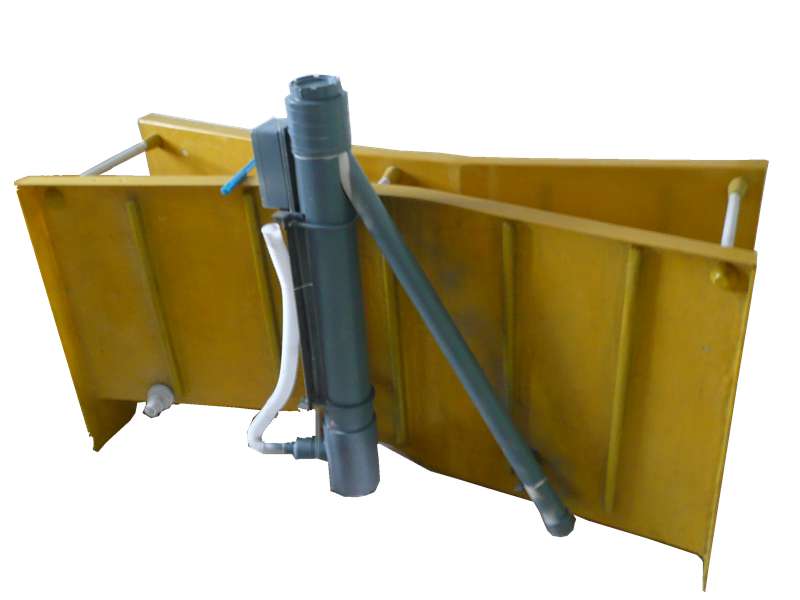
-
 Afrikaans
Afrikaans -
 Albanian
Albanian -
 Amharic
Amharic -
 Arabic
Arabic -
 Armenian
Armenian -
 Azerbaijani
Azerbaijani -
 Basque
Basque -
 Belarusian
Belarusian -
 Bengali
Bengali -
 Bosnian
Bosnian -
 Bulgarian
Bulgarian -
 Catalan
Catalan -
 Cebuano
Cebuano -
 China
China -
 China (Taiwan)
China (Taiwan) -
 Corsican
Corsican -
 Croatian
Croatian -
 Czech
Czech -
 Danish
Danish -
 Dutch
Dutch -
 English
English -
 Esperanto
Esperanto -
 Estonian
Estonian -
 Finnish
Finnish -
 French
French -
 Frisian
Frisian -
 Galician
Galician -
 Georgian
Georgian -
 German
German -
 Greek
Greek -
 Gujarati
Gujarati -
 Haitian Creole
Haitian Creole -
 hausa
hausa -
 hawaiian
hawaiian -
 Hebrew
Hebrew -
 Hindi
Hindi -
 Miao
Miao -
 Hungarian
Hungarian -
 Icelandic
Icelandic -
 igbo
igbo -
 Indonesian
Indonesian -
 irish
irish -
 Italian
Italian -
 Japanese
Japanese -
 Javanese
Javanese -
 Kannada
Kannada -
 kazakh
kazakh -
 Khmer
Khmer -
 Rwandese
Rwandese -
 Korean
Korean -
 Kurdish
Kurdish -
 Kyrgyz
Kyrgyz -
 Lao
Lao -
 Latin
Latin -
 Latvian
Latvian -
 Lithuanian
Lithuanian -
 Luxembourgish
Luxembourgish -
 Macedonian
Macedonian -
 Malgashi
Malgashi -
 Malay
Malay -
 Malayalam
Malayalam -
 Maltese
Maltese -
 Maori
Maori -
 Marathi
Marathi -
 Mongolian
Mongolian -
 Myanmar
Myanmar -
 Nepali
Nepali -
 Norwegian
Norwegian -
 Norwegian
Norwegian -
 Occitan
Occitan -
 Pashto
Pashto -
 Persian
Persian -
 Polish
Polish -
 Portuguese
Portuguese -
 Punjabi
Punjabi -
 Romanian
Romanian -
 Russian
Russian -
 Samoan
Samoan -
 Scottish Gaelic
Scottish Gaelic -
 Serbian
Serbian -
 Sesotho
Sesotho -
 Shona
Shona -
 Sindhi
Sindhi -
 Sinhala
Sinhala -
 Slovak
Slovak -
 Slovenian
Slovenian -
 Somali
Somali -
 Spanish
Spanish -
 Sundanese
Sundanese -
 Swahili
Swahili -
 Swedish
Swedish -
 Tagalog
Tagalog -
 Tajik
Tajik -
 Tamil
Tamil -
 Tatar
Tatar -
 Telugu
Telugu -
 Thai
Thai -
 Turkish
Turkish -
 Turkmen
Turkmen -
 Ukrainian
Ukrainian -
 Urdu
Urdu -
 Uighur
Uighur -
 Uzbek
Uzbek -
 Vietnamese
Vietnamese -
 Welsh
Welsh -
 Bantu
Bantu -
 Yiddish
Yiddish -
 Yoruba
Yoruba -
 Zulu
Zulu
High-Quality FRP Fuel Tanks - Durable & Lightweight Solutions
Understanding FRP Fuel Tanks The Future of Fuel Storage
In the ever-evolving landscape of industrial materials, Fiber Reinforced Polymer (FRP) has emerged as a revolutionary solution for fuel storage, particularly in the form of fuel tanks. These tanks are becoming increasingly popular due to their lightweight properties, corrosion resistance, and durability, positioning them as a superior alternative to traditional metal tanks.
What is FRP?
FRP, or Fiber Reinforced Polymer, is a composite material made of a polymer matrix reinforced with fibers, typically glass or carbon. This unique structure not only provides exceptional strength-to-weight ratios but also enhances resistance to environmental factors such as corrosion, UV degradation, and chemical exposure. This makes FRP an ideal choice for fuel storage applications, where exposure to various fuels and volatile substances can lead to significant wear and tear on traditional materials.
Advantages of FRP Fuel Tanks
1. Corrosion Resistance One of the most significant advantages of FRP fuel tanks is their resistance to corrosion. Unlike steel tanks, which can degrade rapidly when exposed to harsh chemicals and environmental conditions, FRP tanks maintain their integrity over time. This resistance ensures a longer service life and reduces maintenance costs, making them a cost-effective solution in the long run.
2. Lightweight and Versatile FRP tanks are significantly lighter than their steel counterparts. This attribute not only simplifies transportation and installation but also enables the design of tanks in various shapes and sizes to meet specific storage needs. The lightweight nature of FRP also allows for installations in locations where heavy materials would be impractical.
frp fuel tank

3. Safety Features FRP tanks offer enhanced safety features, such as reduced chances of leaks and spills due to their seamless construction. This is particularly crucial in preventing environmental contamination and ensuring compliance with regulatory standards. Furthermore, FRP’s non-conductive properties reduce the risk of static discharge, which can be a potential hazard in fuel storage.
4. Thermal Insulation The composite structure of FRP provides excellent thermal insulation. This characteristic is beneficial in maintaining the appropriate temperature of stored fuels, which can enhance fuel stability and performance.
Industry Applications
FRP fuel tanks can be deployed across various industries, including aviation, automotive, and marine sectors. Their application extends to storing gasoline, diesel, and even biofuels. In remote areas where weight and transportation logistics are a challenge, FRP tanks offer an efficient solution that ensures reliability and safety.
Conclusion
As industries continue to seek more innovative and sustainable solutions, FRP fuel tanks represent a forward-thinking approach to fuel storage. Their corrosion resistance, lightweight design, and inherent safety features position them as a viable choice for modern applications. As technology advances and more research is conducted, the adoption of FRP in fuel storage systems will likely expand, paving the way for safer, more efficient fuel storage solutions across the globe. Embracing FRP technology not only enhances operational effectiveness but also aligns with environmental standards, making it a smart choice for the future of fuel storage.
Latest news
-
Exploring the Benefits of Top Hammer Drifter Rods for Enhanced Drilling PerformanceNewsJun.10,2025
-
High-Precision Fiberglass Winding Machine for GRP/FRP Pipe Production – Reliable & Efficient SolutionsNewsJun.10,2025
-
FRP Pipes & Fittings for Shipbuilding - Corrosion-Resistant & LightweightNewsJun.09,2025
-
Premium FRP Flooring Solutions Durable & Slip-ResistantNewsJun.09,2025
-
Premium Fiberglass Rectangular Tanks Durable & Lightweight SolutionNewsJun.09,2025
-
Tapered Drill String Design Guide Durable Performance & UsesNewsJun.09,2025









